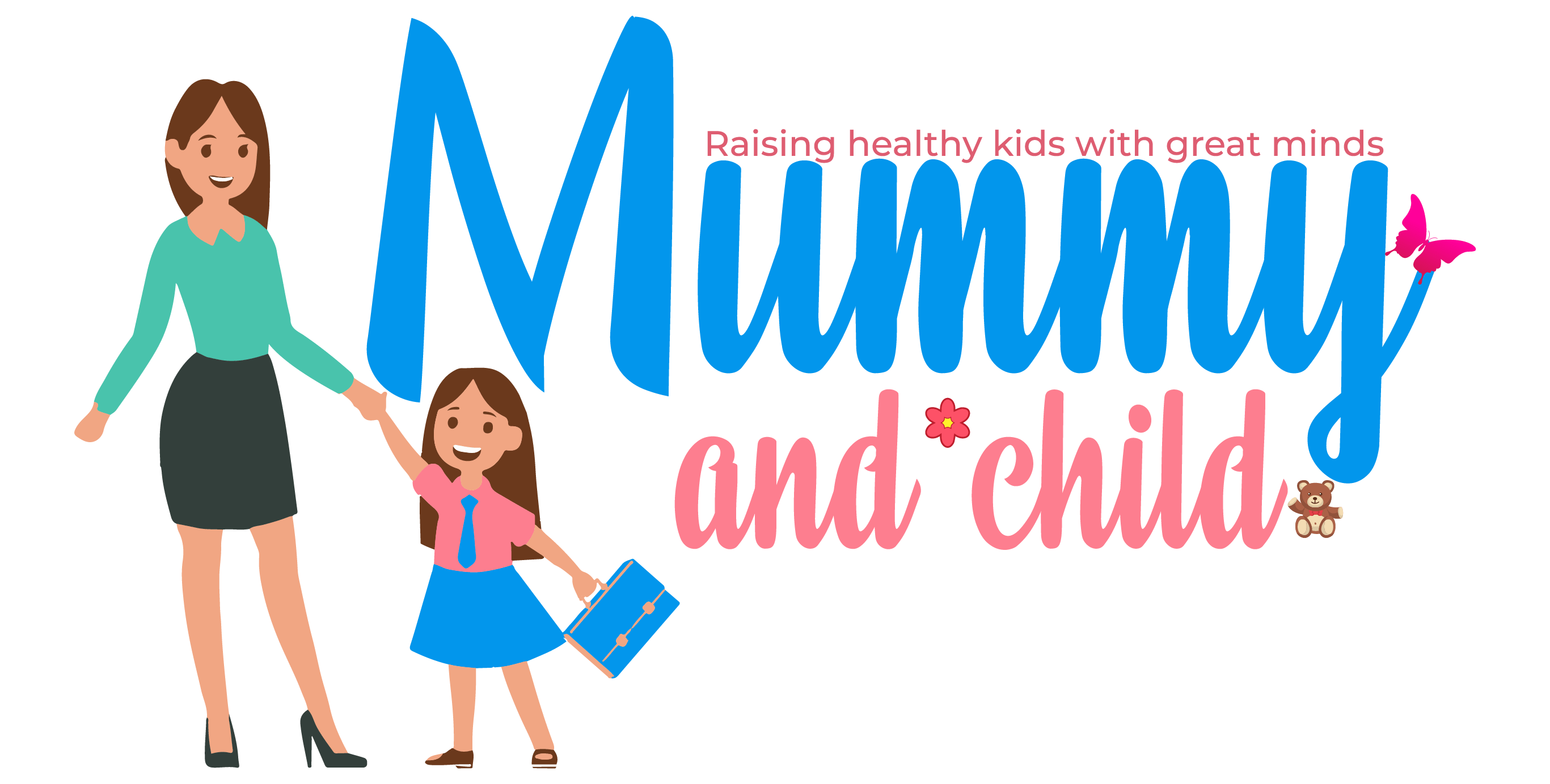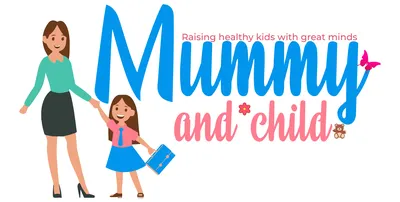I used to think tantrums were a “terrible twos” thing. You know, a sudden burst of drama due to the wrong-colored sippy cup or the traumatic moment I peeled a banana “wrong.” But no, it is not about the banana. Toddler tantrums are full-body protests by little humans whose emotions outrun their words. And they can drive even the most even-tempered of parents to the edge of madness.
We’ve all been there—on the grocery store floor on your knees while your kid wails like their heart has been shattered, amidst the shopping carts and the judgmental stares of others. It is no easier at home. Toys are thrown. Tears are shed. And that inner voice wonders, Why is this happening again?
Tantrums are a fact of childhood. Not just for them but for us, too. I used to handle every eruption as though it were a fire I had to put out. Now, I handle them more like a weather warning—I can’t stop the storm, but I can be ready with an umbrella.
What Changed Everything for Us
It wasn’t some trick or idealized routine. It was mostly us learning to stop attempting to “fix” each tantrum. The more we attempted to fix it, the worse it became. They simply needed to be seen. Heard. Validated. Toddlers aren’t attempting to destroy your day—they’re attempting to sort out theirs.
We started to put big names on big feelings. “That’s a big cry. Are you frustrated?” Sometimes, that was enough. Sometimes, it wasn’t. But even when it didn’t immediately settle them, it gave me something to hold onto. It reminded me they weren’t being ‘naughty’. They were overwhelmed.
Connection First, Logic Later
In the middle of a full-blown tantrum, reason has left the building. You could offer them ice cream or a trip to the moon, and they’d still be sobbing because their sock is “too socky.” What did work for us was a connection before direction—placing my hand on their arm, getting down to their level, and saying something along the lines of, “You’re really struggling; I’m here.”
Practical Shifts That Helped
We started giving advance notice before we switched activities. “Five more minutes, then bath time.” We let them make little choices—banana or apple, blue socks or red? It gave some control, which helped with the power struggles.
We also tried to catch the triggers early. Hunger. Tiredness. Overstimulation. The toddler tantrum trifecta. We tried to ask ourselves: Are they actually upset, or are they just done for the day?
Another thing we learned? Their mood was dictated by ours. If I was stressed, hurried, snappy—guess what? So were they. It wasn’t fair, but it was real. Slowing down, taking a breath, and going gently into them made all the difference, even if they were screaming like banshees.
And in all honesty, sometimes I simply needed a moment to breathe, too. Mid-tantrum, while I was soothing my little one, I remembered I was still researching Adbry for my Ezema on my phone—parent multitasking at its finest. A quick scroll while I rocked them side to side. That pause helped me relax as well.
The Power of Routine and Predictability
Toddlers adore knowing what comes next. When the world is predictable, their nervous system gets a break. We started introducing simple routines into the day: wake up, breakfast, brush teeth, and story time. Nothing too rigid, but familiar rhythms they could rely on.
It didn’t make the meltdowns disappear completely, but it cut down on the overall chaos. And when things did go off the rails, they had a bit more resilience to deal with it. I witnessed fewer tantrums when bedtime was a routine, snacks were routine, and screens didn’t sneak in before nap time.
Calm Is Contagious
Something that no one warns you about? Your calm can control their storm. It’s wild. When I slowed my breathing, unclenched my jaw, and lowered my shoulders, they mirrored it. Not always immediately, but eventually. It was like modeling peace, even when I was feeling anything but.
I started speaking more quietly overall. I would try saying, “Let’s leave those blocks on the table, please,” instead of barking, “Stop!” I did not always manage it, but when I did, I could feel a difference.
Tantrums in Public: The Ultimate Test
Tantrums at home are challenging. Public tantrums are like a drama performance you never signed up for. I would freak out. Scoop them up, apologize to the world, and feel like I should have had it under control in that instant.
But I did finally quit apologizing for my child’s emotions. I’d quickly acknowledge the tantrum, deal with my child, and ignore the glares. Let others deal with their own discomfort. My job was to comfort my child, not to make strangers feel at ease.
Repair Takes Priority Over Perfection
We all mess up. We lose our temper. Say the wrong thing. Walk away when we should have leaned in. What matters more is repair. Going back to our child and saying, “I didn’t handle that well. I’m sorry. You didn’t deserve that.” It’s never too late to reconnect.
When to Ask for Support
Certain tantrums were too large. Too frequently. Or lasted too long. If you ever find yourself wondering if it is more than “just” a tantrum, trust your instincts. Talk to your GP or health visitor. We did. And we were glad. Not because something was terribly wrong—but because we were given tools that worked.
Sometimes, all it takes is for someone else to hear it and take it seriously to make all the difference. You’re not overreacting. You’re not alone. And you’re not failing.
Cuddles Still Win
There are still tantrums in our house. There always will be. But now, they more often end in cuddles rather than chaos. We know what works, what doesn’t, and when to call a time-out. We have a better rhythm.
And those hugs? They’re more significant now. They’re not only comforting—they’re proof that we stayed tight through the storm.



Comments are closed.